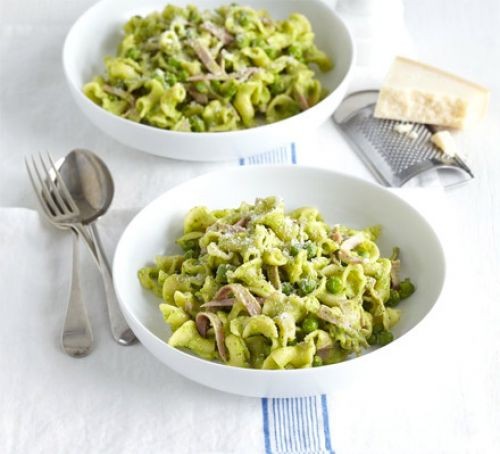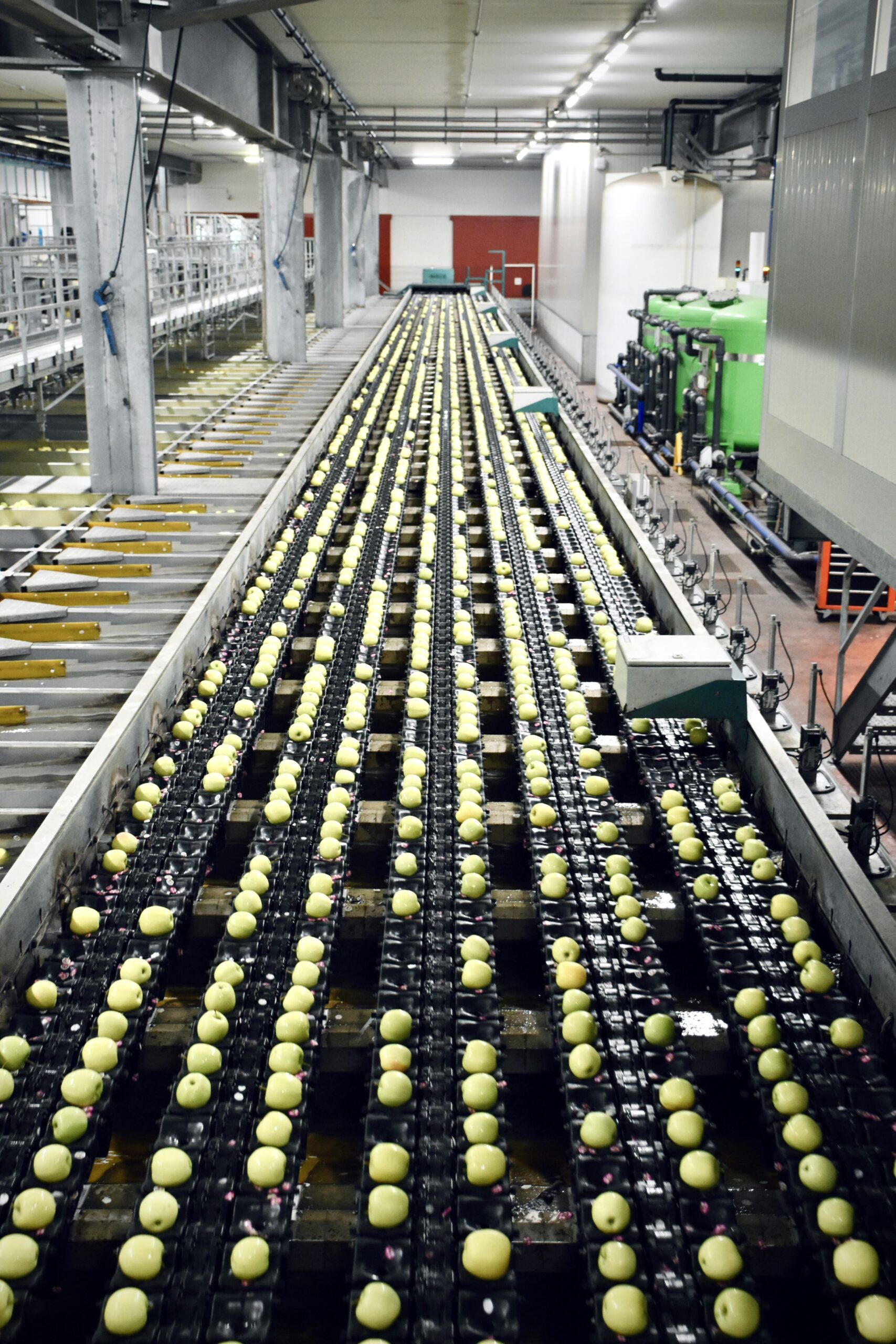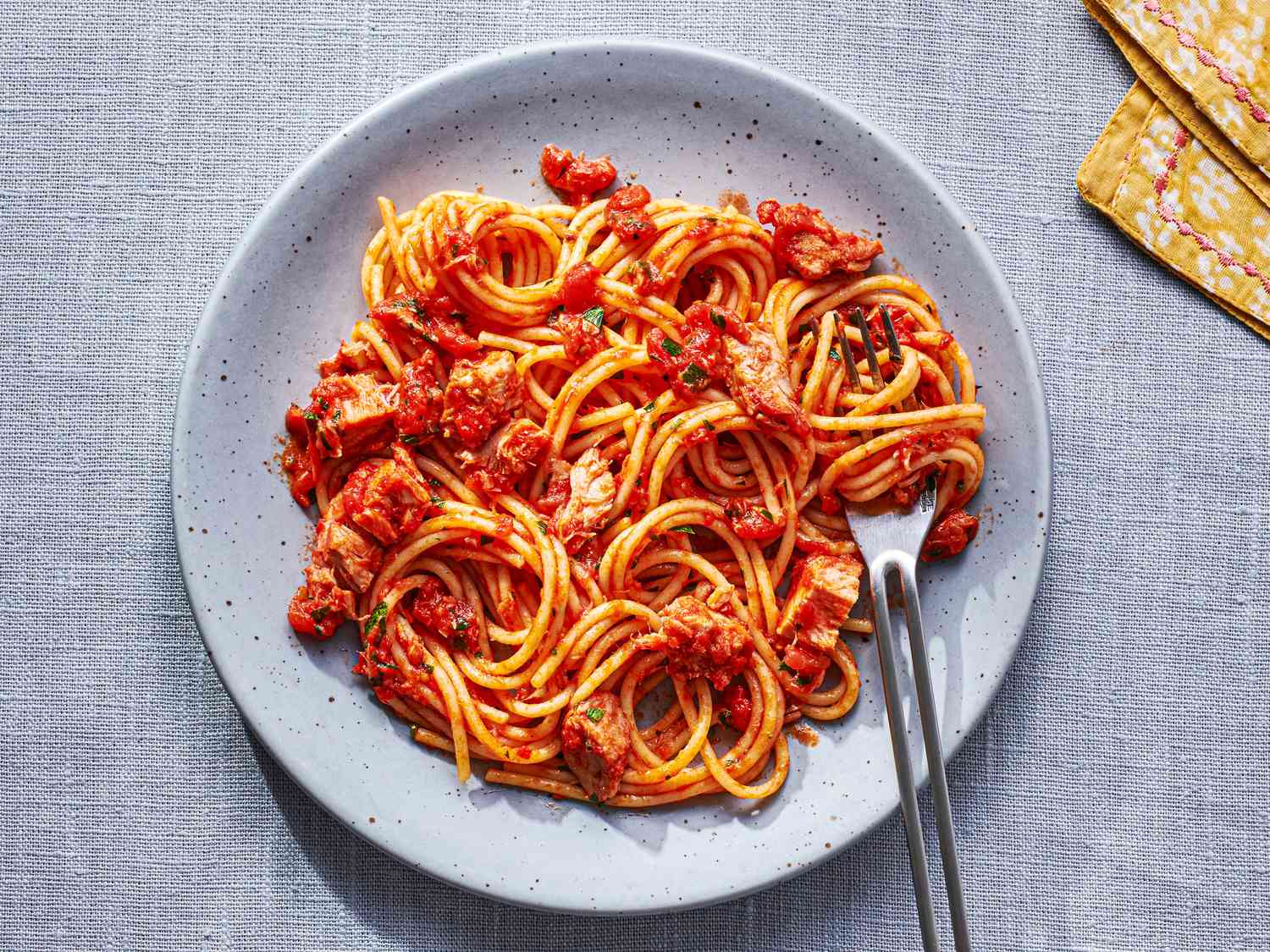Yes, Tuna pasta bake stays fresh in the fridge for 5 days. Reheat in the oven for a crispy texture (5-6 minutes) or use the microwave. It’s also freezable for 1-2 months. Reheating in the oven is best for a taste close to the original.
So, let’s dive in and discover the secrets of reheating tuna pasta with confidence and flavor!
Can you reheat tuna pasta bake in the boil water?
Yes, you can. Initiate the process by setting a sizable pot of salted water to boil. Submerge your surplus noodles within a colander, briefly immersing them in the boiling water for approximately 30 seconds. Then, retrieve the pasta from the water.
Further, once you’ve extracted the pasta, combine it with the leftover sauce and toppings, and present your culinary creation.
If a colander isn’t within reach, bring the pot of water to a boil, then remove it from the heat. Submerge your remaining pasta into the hot water for one to two minutes before serving.
Sizzling Stove Saute

This method’s appeal lies in its swiftness and the pasta’s knack for absorbing the sauce’s essence. Commence by warming a saucepan on medium heat, generously coating it with olive oil. Introduce your remaining pasta and sauce, infuse the concoction with fresh garlic, and saute to piping hot perfection in just two to three minutes.
How to Reheat Tuna Pasta Bake in the Oven
Reheating tuna pasta bake in the oven is undoubtedly the optimal approach, and this method stands as the superior choice for reviving any pasta dish.
- Commence by preheating the oven to 350°F.
- If not using the original oven dish, transfer the tuna pasta bake into an oven-safe container.
- To avert parched pasta and tough tuna, infuse the dish with moisture. Gently drizzle one or two tablespoons of water or chicken stock over the pasta bake.
- For an extra layer of indulgence, sprinkle additional grated cheese atop the tuna pasta bake.
- Shield the dish from the oven’s heat with a lid or aluminum foil.
- Slide the tuna pasta bake into the preheated oven and allow it to reawaken to its scrumptious glory.
- After 10 minutes, assess the pasta bake’s progress. If necessary, recover it with foil or a lid and return it to the oven for an additional 5 minutes.
- To culminate this culinary symphony, remove the foil, granting the cheese a final 5 minutes to luxuriate and achieve the desired crispiness.
Exploring the Pros and Cons of Oven
| Pros | Cons |
The oven’s even heating preserves the pasta’s original texture, preventing both cold and hot spots and ensuring it remains firm and non-mushy. | It takes longer than a microwave, as it requires preheating and more cooking time. |
Oven reheating allows the cheese on top to crisp up, enhancing flavor and texture. Adding moisture and covering the dish helps retain the pasta’s moisture and prevents it from drying out. | You need to plan ahead, as oven reheating isn’t suitable for quick reheating when you’re in a hurry. |
| The slow, even heating in it can enhance the overall flavor of the dish. | Operating it uses more energy than a microwave, which can result in higher energy bills. |
How to Microwave Tuna Pasta Bake Reheat

To achieve microwave reheating perfection, adhere to this meticulous procedure:
- Begin by placing the tuna pasta bake in a microwave-safe bowl.
- Should the pasta appear desiccated from its stay in the fridge, introduce a dash of water or chicken stock to infuse it with extra moisture.
- Secure the bowl with a snug-fitting lid or carefully seal it with microwave-safe plastic wrap.
- Extract the pasta bake from the microwave with caution, slowly unveiling it from the wrap or lid, bearing in mind the billowing hot steam.
- Stir the pasta to ensure even reheating and return it to the microwave for another minute, ensuring it reaches piping-hot perfection.
- Similar to the oven method, the inclusion of chicken stock or water and the use of a lid or plastic wrap act as guardians of moisture. They orchestrate a delicate steaming process within the dish, ensuring even reheating without succumbing to parched pasta.
How long to reheat tuna pasta in a microwave?
To warm up tuna pasta in the microwave, put it in a dish that’s safe for the microwave. Heat it on high for 1-2 minutes, then mix it up. Keep heating in 30-second bursts, stirring each time, until it’s as warm as you want. Usually, it takes about 2-4 minutes, depending on how much pasta you have and how cold it was to start with
Exploring the Pros and Cons of Microwave
| Pros of Microwave Reheating | Cons of Microwave Reheating |
| Quick and Convenient | Uneven Heating |
| Ideal for a Fast Lunch | Drying Out of Sauces and Bakes |
| No Preheating Required | No Cheese Crisping |
Which Suggests the Best Choice?

The best option for reheating tuna pasta bake is the oven. It ensures even heating, retains moisture, and allows you to crisp up the cheese and add extra toppings for a delicious second serving.
FAQs
How Long Does Tuna Pasta Bake Keep in the Fridge?
Once cooked, allow the tuna pasta bake to come to room temperature before placing it in an airtight container to be placed in the fridge. The tuna pasta bake can be kept in the fridge for up to 3 days, and any leftovers should be discarded after this.
If you reheat any of the tuna pasta bake, you will have to eat what you have reheated, as once it has been reheated, it cannot be placed back into the fridge. The risk of bacterial growth is too high if food is reheated more than once, and it is not worth the risk of food poisoning!
Can you eat tuna pasta after 2 days?
Yes, you can. If you’ve prepared tuna pasta and stored it in the refrigerator within 2 hours of cooking, it can generally be safe to eat for up to 3-4 days.
Can I Reheat Tuna Pasta Bake on the Stovetop?
Yes, You can reheat tuna pasta bake on the stovetop if you cannot use an oven or microwave. You will need to break the tuna pasta bake down a bit to have it sit evenly in a saucepan, and stir it often so that it does not stick to the bottom of the pan.
You can add in some chicken stock or water, about a tablespoon or two, to prevent the pasta from drying out, and to allow the pasta to steam as it heats. Cover the saucepan with a lid and have it reheat on medium-low until it has heated through.
What happens if you reheat tuna?
If you reheat any of the tuna pasta bake, you will have to eat what you have reheated, as once it has been reheated, it cannot be placed back into the fridge. The risk of bacterial growth is too high if food is reheated more than once, and it is not worth the risk of food poisoning!
Can you reheat tuna the next day?
Yes, you can reheat tuna pasta bake, either in the oven or the microwave. The oven is best for reheating it properly. It will leave the pasta bake tasting almost the same as it did when it was first baked.
How do you heat up canned tuna?
You can heat up canned tuna by placing it in a microwave-safe dish, covering it with a paper towel, and warming it for short intervals, stirring in between. You can also heat it quickly on the stovetop.
How do you eat tuna from a can?
You can eat canned tuna straight from the can if you desire. Alternatively, you can incorporate it into various dishes, such as salads, pasta, or sandwiches, to add healthy protein.
How long will cooked tuna keep in the fridge?
Cooked tuna will last for 3 to 4 days in the refrigerator if stored properly in airtight containers or wrapped tightly with foil or plastic wrap.
Can you reheat tuna mayonnaise?
Yes, It is safe to reheat tuna with mayonnaise, but it’s important to follow food safety guidelines. Reheat it once and avoid reheating multiple times to prevent the risk of bacterial growth.
Can canned tuna withstand heat?
Yes, canned tuna can withstand heat and be safely reheated, but it should be done following appropriate food safety precautions.
How long can you leave tuna out unrefrigerated?
Tuna should not be left unrefrigerated for more than two hours. If conditions are warm or over 90 degrees, this time should be reduced to one hour.
Can canned food be left in a hot car?
No, Leaving canned food, including canned tuna, in a hot car for more than two hours, or just one hour when it’s over 90 degrees, is not advisable as it can risk bacteria growth and spoilage.
Final Words
Reheating tuna pasta can be done safely and deliciously when you follow the right methods. Whether using the oven, microwave, or stovetop, it’s essential to maintain food safety guidelines.
In addition, reheating in the oven or on the stovetop tends to yield the best results in terms of texture and flavor. However, if convenience is your priority, the microwave can also suffice.
Keep in mind that it should be a one-time process to avoid any risk of bacterial growth. By understanding the proper techniques, you can enjoy your tuna pasta leftovers without compromising on taste or safety.










